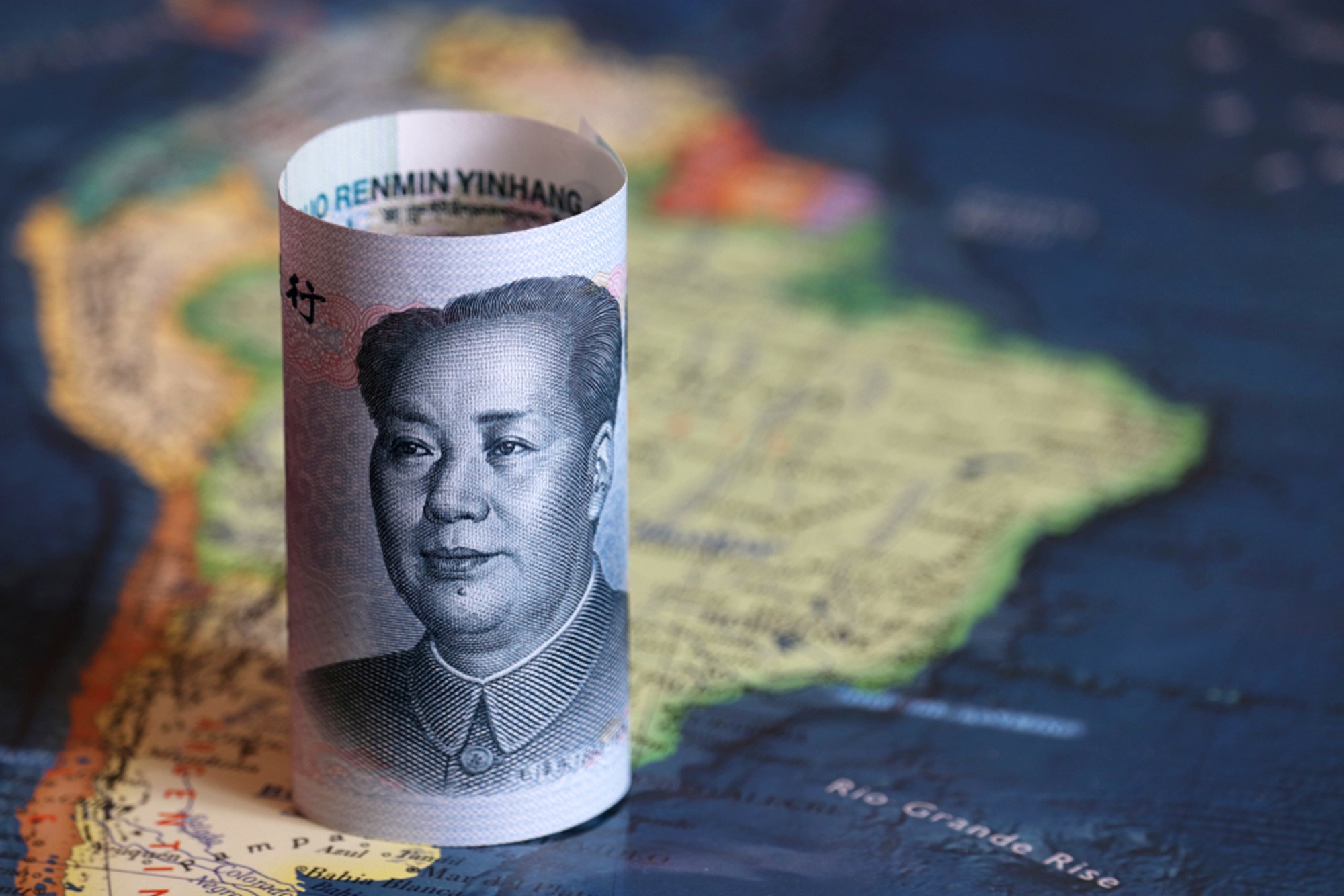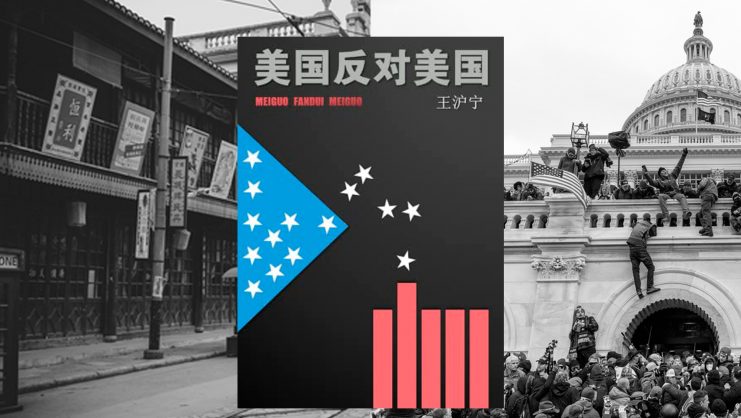Relations between Latin America and China have changed profoundly over the last 20 years. In 2001, the region’s exports to China represented only 1.6% of total foreign sales, whilst in 2020, this figure had risen to 26%. This contrasts sharply with the fate of the region’s exports to the United States, which fell from 56% of the total in 2001 to 13% in 2020. This radical shift is mostly the result of China’s accelerated growth during this period and its growing demand for raw materials, especially from South American countries such as Peru, Chile, Brazil, Argentina, and Uruguay. Much the same has happened with imports.
Conversely, over the last two decades, China’s direct investment in Latin America has not been as significant as that of other countries. The United States is the main investor in the region, followed by Spain. However, this is beginning to change, and Chinese companies are buying up companies in Latin America, especially in the infrastructure, raw material production, and energy sectors. The acquisitions of energy firms in Chile and Mexico, as well as raw material companies in Peru and Argentina, are particularly significant in this area.
According to figures published by the Economic Commission for Latin America and the Caribbean (ECLAC), Chinese companies participated in 150 mergers and acquisitions in the region, totaling around USD 83 billion in the period from 2005 to 2020. This represented an increase in their local stake from 1.7% of the total of these operations in 2015 to 16.3% in 2019. In addition, the Asian country has announced new investment projects that could bring with them another USD 75 billion to the region. Part of the explanation for the buoyancy of Chinese investment in Latin America stems from the investment restrictions imposed on Chinese companies in the United States and the European Union for regulatory and geopolitical reasons. In addition, Chinese manufacturing companies want to secure their future raw material markets, which is why the region has become a strategic player in the international expansion of these firms, most of which are state-owned.
Another key factor in understanding the changing relationship between China and Latin America centers on financing. In recent years, Chinese banks have increased lending to Latin American governments. According to figures published by the Inter-American Dialogue, up to 2020, the China Development Bank and the China Export-Import Bank had granted 94 loans in the region to the tune of USD 137 billion, mainly to Venezuela, Brazil, Ecuador, and Argentina. Most of these loans have been granted to fund infrastructure, built by Chinese companies which, in some cases, include financial covenants that involve future sales of raw materials. Although this type of funding has stagnated in recent years, the debts incurred represent a significant fiscal burden for the receiving countries.
The US government has distanced itself from Latin America in terms of foreign policy, enabling China to gain ground.
One major difference in the dealings with China is that while investments and trade with the United States and the European Union are mainly conducted through private companies, the relationship with China is mostly through bilateral agreements between governments and state-owned companies. This makes economic diplomacy and bilateral relations between Latin American states and China a vital issue. Another key point involves politics and ideological leanings, which has been reflected, for example, in funding that has targeted countries perceived to be aligned with Beijing.
The US government, since the former Trump administration, and even under President Biden’s current administration, has distanced itself from Latin America in terms of foreign policy, enabling China to gain ground. The pandemic is a case in point. While the United States has been more concerned with dealing with its domestic situation, China, through its so-called health diplomacy, has provided Latin America with medical supplies and vaccines, which has endeared it to the region.
Latin American governments and companies must understand that both China and the United States will be their main trading partners, financiers, and investors, encouraging a pragmatic approach to capitalize on the different opportunities afforded by both sides. Trade-wise, the strategy should center on smart integration, strengthening intra-regional trade and market diversification, in order to increase participation in global production chains. From the point of view of investment and financing, the priorities must focus on technology transfer, training human capital, and industrial diversification.
Looking ahead, it is clear that China will continue to be one of Latin America’s main trading partners, and its role as an investor will increase, often backed by financing from its state-owned banks. Geopolitics will play an important role due to the trade and technology wars between the US and China, with many battles taking place in Latin America. The US-China struggle will be ongoing in the region, and will increase over trade, investment, and the supply of raw materials. This represents both challenges and opportunities for Latin America, but if the region plays its cards well, it could reap significant benefits.
A version of this article ran in Spanish in América Economía.
© IE Insights.








